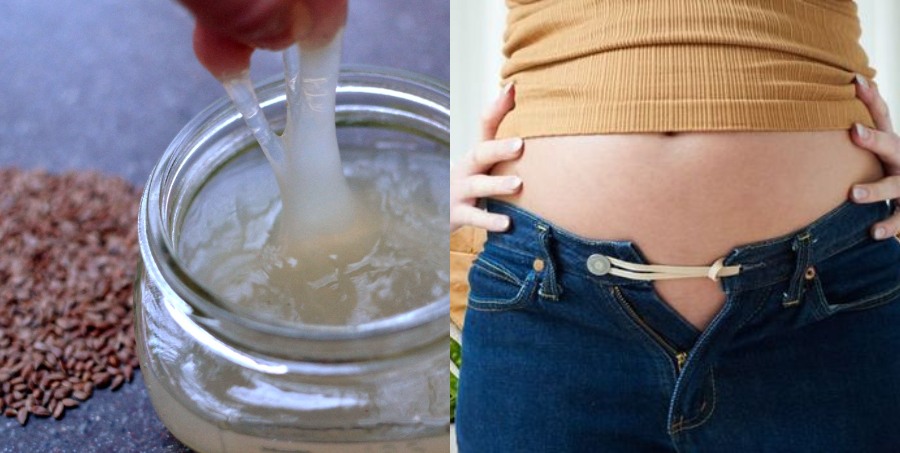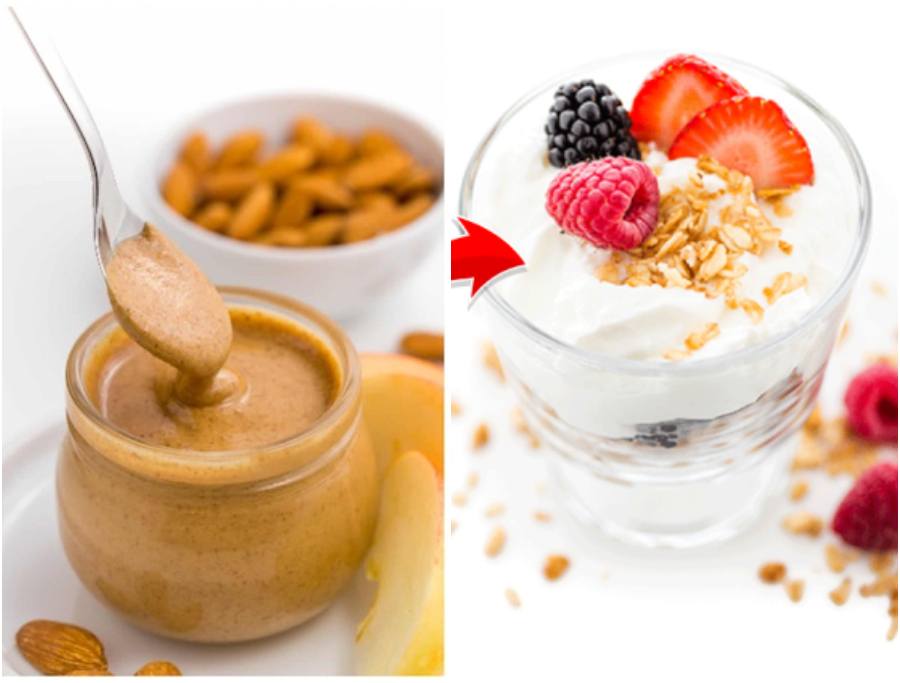If there’s one thing that we cannot eliminate completely from our diet, it’s the irreplaceable part of every cuisine, the world over, and that’s “salt.” In fact, you should never eliminate salt from your daily life because it is needed for the smooth functioning of body cells. However, when it comes to obesity, heart problems, stroke, or health in general, the most common advice given out by everyone is to lower the intake of salt, but all salts are not made equal – whether it’s rock salt, white salt, or Himalayan pink salt, they are extracted and processed in different ways and their sodium and chemical content differs. Salt has been vilified in the weight loss and health circles because high levels of sodium is often linked to high blood pressure, stroke, and heart disease, and increase in weight gain. However, raised sodium intake does not come from adding salt to your dishes directly. Instead, it comes from high sodium intake in the form of processed or prepackaged foods. In this post, we will try to find out the healthiest salts that can benefit dieting and weight loss, and for good general in health:


Different Types of Salts found in India:
1. Rock salt or sendha namak: It’s an unrefined version of salt, without any added external chemicals. Sendha namak has 84 trace elements and is rich in calcium, magnesium, copper, iron, potassium, zinc. Rock salt is extracted from sea water and is low in sodium chloride content. It replenishes essential electrolytes in the body. Since it is high in potassium content, it relaxes blood vessels and regulates blood pressure, so good for hypertensive patients. Extracted from stone grinding method, there are no anti-caking or bleaching agents added. It also helps to make the body alkaline.
Benefits of Rock Salt:
It improves digestion, boosts metabolism, boosts immunity with its high mineral content, stabilizes sugar by reactivating insulin, reduces swelling, promotes healthy hair and skin. Also helps to make the body alkaline.

2. Table salt: This type of white salt is extracted from underground salt deposits and processed in a heavy manner by adding chemicals such as anti-caking and bleaching agents to prevent clumping. The refining process eliminates the mineral content. Table salt is also high in sodium chloride content. It also causes dehydration, doubles up the risk of diabetes, heart disease, and stroke. In most commercially-available table salts, iodine is added to prevent goiter (enlargement of the thyroid gland). Iodine is an essential micronutrient which is needed by the thyroid gland to produce thyroid hormones.
Benefits of White Salt:
Unfortunately, even with the added iodine content, table salt with its heavy chemical processing and added anti-caking agents (mostly aluminium) can cause hypertension, cardiovascular disease, obesity, and increase the risk for type 2 diabetes.
3. Himalayan Pink Salt: It is essentially pink in color and extracted from regions near the Himalayas, hence the name. Himalayan pink salt goes through minimal processing and there are no chemicals added. This salt also has around 84 trace minerals essential for the normal functioning of the body.
Benefits of Himalayan Pink Salt:
Loaded with mineral content like calcium, zinc, iron, magnesium, potassium. Balances body’s pH level, and regulates blood sugar.
4. Sea salt: Sea salt is obtained through evaporation of ocean water and there’s very little processing involved. This type of a salt retains its mineral and trace elements compared to other salts available in the market.
Benefits of Sea Salt:
Provides the body with potassium which helps relax arteries, supplies trace minerals, and balances electrolytes in the body.
5. Kala Namak or Black Salt: Many people often think that kala namak (black salt) and sendha namak (rock salt) are the same, but they are not. Black salt is also called Himalayan black salt and has a pungent smell due to its sulfur content. This kind of a salt is usually mined from the Himalayan salt beds or from salt lakes such as Sambhar Salt Lake. This kind of a salt usually goes through a bit of processing and nowadays, made extensively in a synthetic way by adding sodium chloride with sodium sulfate, sodium bisulfate, and ferric sulfate.
Benefits of Black Salt (Kala Namak):
If it’s not synthetically made, kala namak helps relieve muscle cramps, improves acidity, helps detoxify body, and reduces water retention.
7. Pickling Salt: This salt is usually available in big granular form and used in pickles as a preservative to prevent microbial growth. It has zero iodine content and does not contain added anti-caking agents.
Health Risks of Using White Salt:
1. Too much white salt in the body causes the water in the body to raise the blood pressure.
2. Increases the risk of heart disease and stroke.
3. Causes fluid retention.
4. Leads to bloating.
5. Causes dehydration.
6. Doubles up the risk of type 2 diabetes.
7. Causes weight gain.
What Would Happen if you completely Eliminate Salt:
It’s not totally possible to completely eliminate salt from one’s diet, however, if one chooses to go completely salt free, here are the health risks involved:
1. Iodine deficiency will lead to dysfunction of thyroid gland leading to thyroid-related hormonal disorders, most commonly hypothyroidism.
2. May cause electrolyte imbalance leading to nausea and vomiting.
3. Muscle spasms and cramps.
4. Hyponatremia, loss of sodium, can lead to dizziness, lightheadedness, and even push one into coma.
Recommended Intake of Salt:
Summarizing, we would like to underline that although it’s not prudent to completely eliminate salt from one’s diet, whichever salt you pick, remember to use it in moderation because high sodium in the body doubles up your risk of heart failure, leads to weight gain, and multiplies the risk of developing type 2 diabetes. It would be a wise choice to pick either rock salt (sendha namak) or Himalayan pink salt but do not go over the recommended dose of 2300 mg per day/not more than 1 tablespoon per day (Dietary Guidelines of Americans). Also, importantly, limit the use of processed high-sodium food like pizza, processed meat, chips, pasta, etc. Remember, salt along with sugar can put you into the risk category of developing several life-threatening disease if you use them above the recommended dosage.
9 Reasons why it’s so Difficult to Lose Weight
How to Use Himalayan Pink Salt for Better Skin, Hair and Health





